Reporting of Nuclear Fuel Cycle Safety Incidents, BRIN Nuclear Waste Treatment Plant
Kembali 08 September 2022 | Berita BAPETEN | 811 lihatReporting of safety incidents is a concrete form of implementing a safety culture in nuclear installations. By learning from safety incidents, all parties can prevent similar things from happening in the future. This was revealed during a working visit by the Head of Centre for Regulatory Assessment of Nuclear Installations and Materials (P2STPIBN) BAPETEN, in the context of study activities related to Nuclear Fuel Cycle Safety Incident Reporting (Fuel Incident Notification and Analysis System (FINAS)), to the BRIN Nuclear Waste Processing Plant. The Nuclear Waste Treatment Plant consists of the Radioactive Waste Management Installation (IPLR) and the Used Fuel Temporary Storage Installation Hub Canal (KH-IPSB3).
The working visit which was held on Wednesday and Thursday, September 6-7, 2022, in the Puspiptek Serpong area, South Tangerang, was led directly by the Head of P2STPIBN BAPETEN Yudi Pramono, and received by representatives from the BRIN Nuclear Waste Treatment Plant represented by the Safety Coordinator, Moch. Romli.
On the first day, discussions were held regarding the submission of FINAS data on lessons learned from incidents at the Nuclear Waste Treatment Plant. This was followed by a presentation by the P2STPIBN Team on the web-based national FINAS incident database system, or hereinafter referred to as the Nuclear Installation Incident Reporting System (SPIN).
On this occasion, the P2STPIBN Team also presented a review of safety recommendations study related to the fabrication of fuel elements according to the International Atomic Energy Agency (IAEA) standards. During the discussion, it was agreed that safety incidents will be difficult to learn from if all parties only look for who is at fault (shaming and blaming culture). Therefore, the discussion participants agreed that there needs to be transparency and reporting of every safety incident, which will strengthen the safety culture at nuclear installations.
On the second day, there were presentations and discussions regarding to the analysis of materials and buildings using portable X-ray Flurescence (XRF). In addition, it was shown how to use a portable XRF tool. And continued with the testing of several material samples, to determine the element / element content in the material being tested.
Some of the materials tested included the outer and inner of the irradiation target cladding. The Study Team also tested elemental content of materials in the KH-IPSB3 installation. In this case, testing was carried out on the spent fuel rack and resin transfer tank. The spent fuel racks at KH-IPSB3 are made of stainlesssteel SS Types 304 and 316, and aluminum, while the resin transfer tank is made of SS-304 material.
It is known that the portable XRF tool used is very useful to accurately determine the content and composition of elements / elements in a material. This helps identify the purity of the material, as well as anticipate the quality and authenticity of the materials supplied so that corrective action can be taken to prevent unexpected events. [P2STPIBN/Riyadi/BHKK/SP]


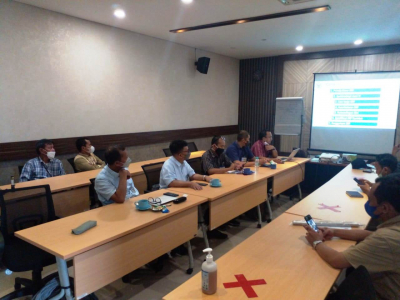
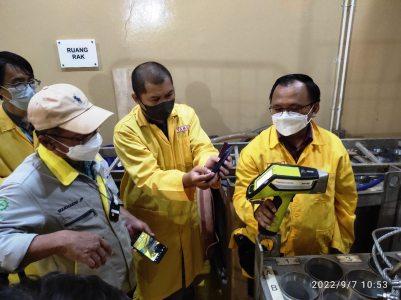

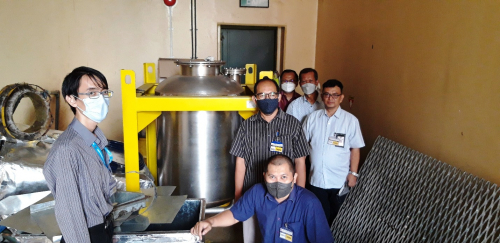

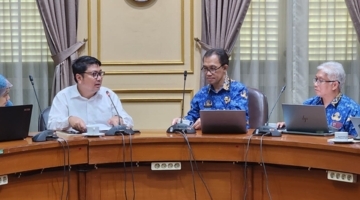
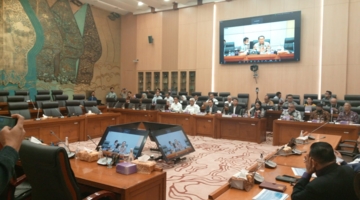

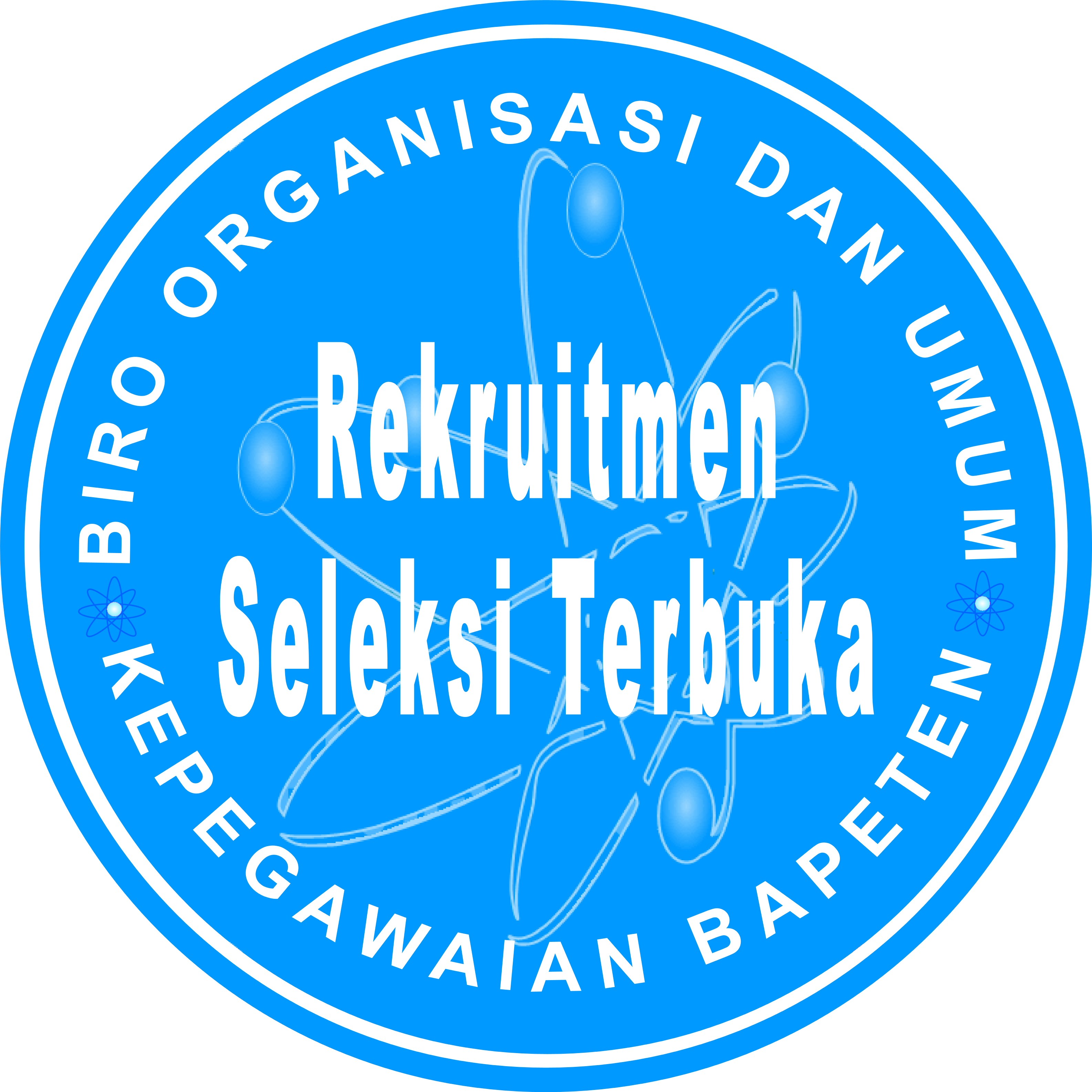

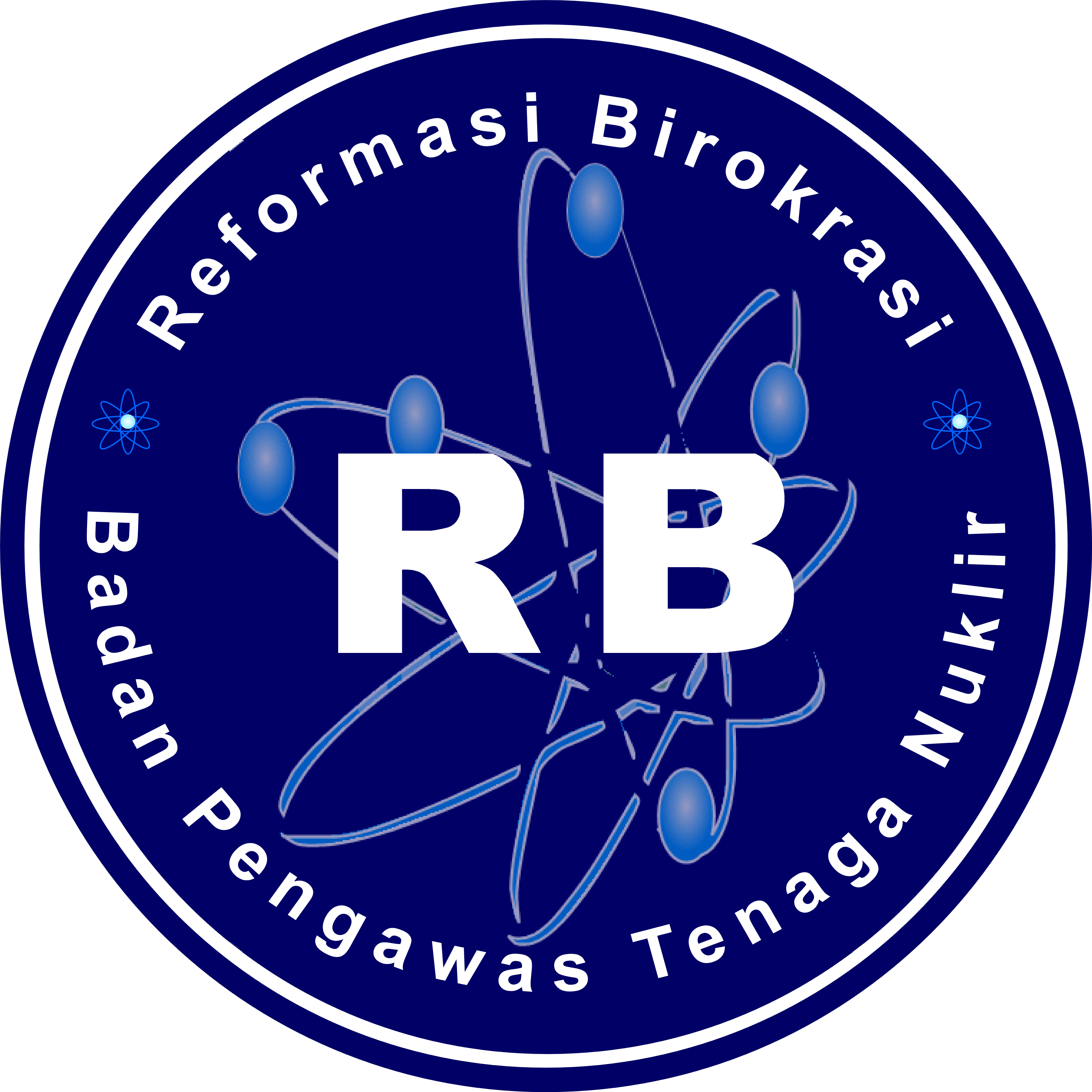
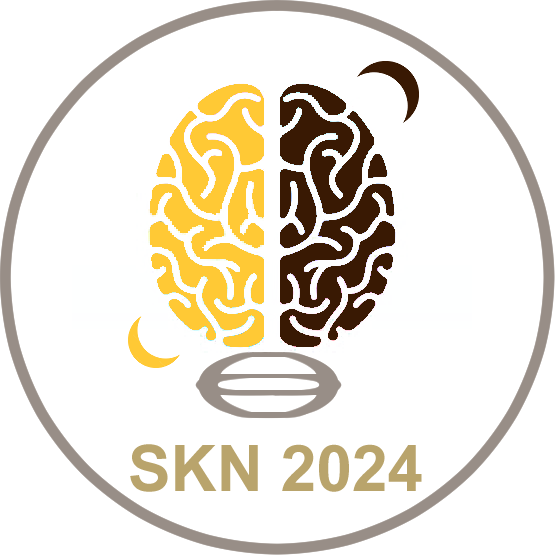










Komentar (0)